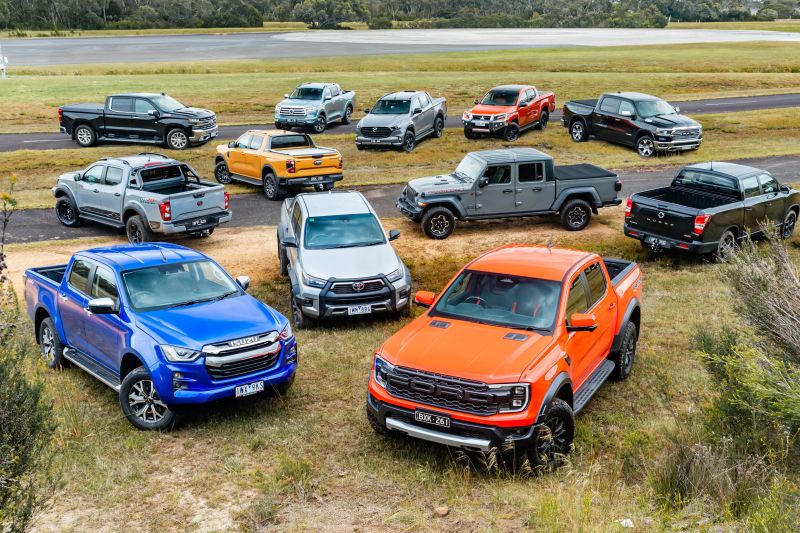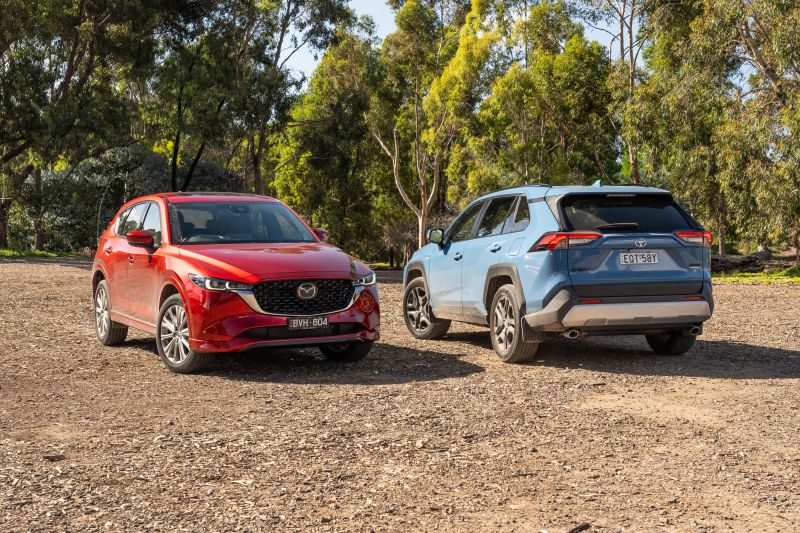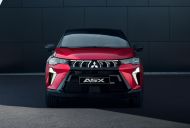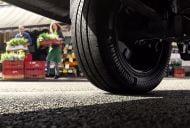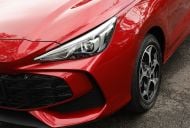Australia’s obsession with utes is killing us.
The country’s annual benchmark report on used-vehicle safety, based on real-world crashes resulting in deaths and injuries, shows the workhorses that dominate today’s showroom sales are some of the worst vehicles on the road.
Many of the newest utes in 2023 achieve the benchmark five-star safety score from the Australasian New Car Assessment Program (ANCAP), but things are nowhere near as good in the 25th annual Used-Car Safety Rankings by the Monash University Accident Research Centre (MUARC).
Not a single ute gets MUARC’s top ranking, which would qualify them as a Safer Pick, and the safety authority told CarExpert utes have significantly undermined decreases in the annual road toll.
“It’s about five per cent. If you look at it on a national basis it’s 50 or 60 extra people dying a year because of our propensity to drive utes,” the director of MUARC, Professor Stuart Newstead, told CarExpert.
“It comes down to the basic construction of the vehicle. It’s designed to carry heavy loads.”
There are 28 utes in the MUARC survey from between 2000 and 2020, but only five – Ford Ranger/Mazda BT-50 from 2011-2020, Holden Colorado from 2012-2020, Mitsubishi Triton from 2015-2020, and Volkswagen Amarok from 2011-2020 – manage a five-star score.
Professor Newstead said utes score poorly because of their occupant protection, and the damage they cause to other vehicles in a collision. This is a result of their weight, and also because their high-set front ends can ride over the top of the side-impact protection in smaller and lighter vehicles.
“The bad news is when you look at the impact they have on other road users, they should do better,” he said. “The damage they do to other vehicles is pretty immense. That’s why none of them gets a Safer Pick.
“When you look at a commercial ute you’re putting others at risk. Which is incredibly selfish.
“You have to be kind to other vehicles. And they’re not. They are appalling.”
The MUARC research for 2022 provides rankings for 389 vehicles, based on the results of more than nine million crashes in Australia and New Zealand.
They are scored from one to five stars, with the Safer Pick rating sitting above the five-star level and reserved for just 13 cars, including the Audi A3 and Mk7 Volkswagen Golf.
The Nissan Pathfinder (2013-2020) and Subaru Outback (2009-2020) are the only SUVs to reach the Safer Pick level. The work is done by a five-member team, led by 30-year veteran Professor Newstead, with funding from governments and state motoring bodies.
The overall listing does not include current showroom models as they are covered by ANCAP laboratory test results, but autonomous safety braking must now be fitted to any vehicle to qualify for a five-star used-car rating from MUARC.
According to Professor Newstead, it’s not only utes which are lagging behind on real-world safety.
He also highlights all types of commercial vehicles including vans, as well as heavyweight four-wheel drives including the Toyota LandCruiser and Nissan Patrol.
“There are three categories of things you don’t want to get hit by: any commercial vehicle, the ute sector is up there, and then the large SUV categories.
“They are the worst because they are incredibly aggressive. We won’t just single out utes here.
“In fact, in terms of the combined performance, commercial utes and vans are the worst categories.
“When you shop at the bottom end of the market you’re also putting yourself at risk.”
But Professor Newstead said utes needed highlighting because so many are now being used as family vehicles, despite an old-style chassis with the body mounted on top instead of the unibody designs used by dedicated passenger vehicles from small cars through to seven-seater SUVs.
The ute design means there is less ‘crumple’ in a frontal impact, a higher centre of gravity, and more mass.
“Our large car market has become a ute market. Because utes have become more mainstream, they have been more of a focus to do better.
“You talk about the societal impact. How it protects everyone in a crash.”
He compares utes to medium-sized SUVs, which have also taken the place of old-school family sedans and station wagons in many driveways.
“A medium SUV is a safer vehicle. You’re better off crashing a (Toyota) RAV4 than a HiLux.” But he concedes there have been significantly better results for newer utes.
“The newer ones have certainly improved their occupant protection. Which is a really good thing. They should do better.
“They are being sold as a car, so the expectation for the consumer is they should be specified as a car. And that has carried through to safety features as well.”
Looking at the overall results from the latest MUARC research, Professor Newstead reports an across-the-board improvement in all newer vehicles thanks to electronic safety aids.
“Everything has improved, which is good. We’ve got NCAP but also a raft of safety regulations, including electronic stability control, auto safety braking and lane-keeping assist.
“There is also the mandating of the oblique pole (side-impact) test, for ADR 85. Those things have helped improve the market across the board.
“They have improved radically in the last 10 to 15 years. They have come an awful long way,” he said.
But he also sees significant scope to improve the MUARC ratings at the end of 2023, including a scoring system with a closer relationship to the ANCAP rankings to provide more clarity and detail for buyers of all vehicles.
The change to the MUARC rankings will combine scores for occupant protection with protection for the ‘partner’ vehicle in a crash, to create a result that combines the two.
“We’re about to change the used-car safety ratings. This year’s update will give a score on how a vehicle protects you and how it protects other people. It will give us a Total Safety Index,” Professor Newstead said.
“We’ve produced a whole range of new metrics. It’s quite a change in philosophy.”





